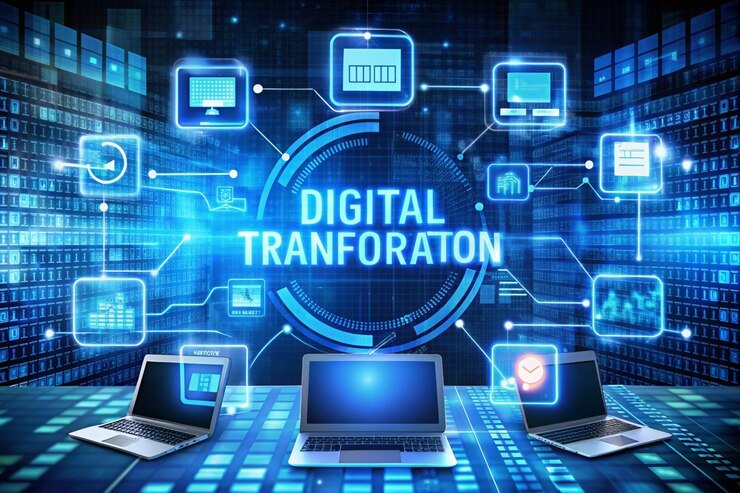- Home /
- Generative AI: The Future of Productivity

Generative AI: The Future of Productivity
One thing is crystal clear: Artificial Intelligence (AI) is no longer a buzzword or science-fiction subject. A recent 2023 research by McKinsey suggests that AI can generate between $17.1 trillion to $25.6 trillion of annual value (The Economic Potential of Generative AI by McKinsey, June 2023), just shy of the US yearly GDP of $29 trillion and potentially higher than China’s GDP of $19 trillion (Source: IMF 2022 GDP report).
Seizing the Generative AI opportunity
Generative AI alone is expected to generate more than $7 trillion of annual economic value. This productivity will be unlocked across industries ranging from healthcare to manufacturing and retail. The economic value comprises of net savings from use-cases evaluated by Mckinsey and massive ‘knowledge worker’ productivity generated through the use of generative AI in automating, streamlining, and eliminating work
In the latest 2023 Work Trend Index report by Microsoft, approximately 60% of work hours today are spent in emails, meetings, and chatting. This leaves little time to create and do meaningful work. Generative AI, with its ability to understand and respond to natural language, can partner with humans and possibly shift this balance towards more strategies, creative and innovative work.
Governments and organizations can deploy generative AI functionalities and create real productivity gains through various use cases, including:
- Research & Development: From early ideation to the generation of test data and designs for physical and large-scale products, generative AI can significantly increase the speed-to-market and reduce the cost of repeated prototyping.
- Marketing and sales operations: From creating personalized conversion funnels to accelerating content writing for marketing campaigns, generative AI has the potential to significantly improve the Return on Ad spend.
- Consumer research: Analyzing massive amounts of data, creating and testing scenarios through the use of synthetic test data.
- Supply chain optimization: Converging with predictive analytics capabilities to recommend courses of action based on scenarios ranging from geopolitical to macroeconomic conditions. This enables taking pre-emptive measures to optimize supply chain and logistics planning.
- Contract and policy generation: Drafting legal contracts, negotiating deals, and co-creating new regulatory frameworks relevant to various industries.
- Risk management: Analyzing regulatory and control frameworks, matching them with transactions and documentation to identify possible breaches and rectification actions.
- Environment, Social, and Governance (ESG): Scrutinizing myriad regulations, relevant industry publications, greenwashing cases, and published ESG reports to help devise an optimal ESG strategy.
These are only a few use cases, barely touching the massive potential generative AI presents. The AI space is generating excitement in both general users and investors alike. However, it is important to understand the far-reaching and broader impacts of this technology on the social, economic, and political landscape. Governments and organizations that already have a head start in deploying these technologies can create a huge economic and skill gap. To unlock the true potential, understanding these risks and creating a balance with the returns is of utmost importance. This might be our opportunity to create a more humanistic, balanced and accessible tech-enabled future for all.




